It’s a pleasure to welcome Robin back to ReaderKidZ!
DIANNE: Hey, Robin! You’ve had quite a year. Your first picture book, They Just Know: Animal Instincts (Arbordale, 2015) came out last September, and now, we get to celebrate the publication of your first middle grade novel, The Midnight War of Mateo Martinez. Congratulations!
In both books animals are an integral piece of the story. They Just Know is nonfiction; The Midnight War is realistic fiction with – what might be called – a bit a magical realism. How did your approach to writing these stories differ? How was it the same?
ROBIN: First, thank you! It has been a pretty exciting year!
I approach writing my nonfiction and my realistic fiction (with its dash of magic realism) in pretty much the same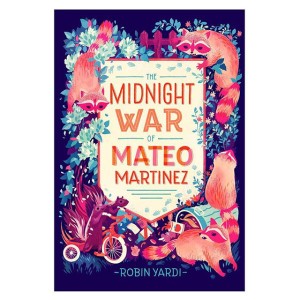 way. I have a spark of inspiration and then decide how to best convey that feeling in a book!
way. I have a spark of inspiration and then decide how to best convey that feeling in a book!
The blending of real world facts and quirky invention happens for me no matter what I’m writing. I am a reader of field guides and biographies, a backyard birder and bugger, but I am also a wonderer, a believer, and a fan of fantasy. The skunks in THE MIDNIGHT WAR OF MATEO MARTINEZ are inspired and informed by REAL spotted skunks. I spend a lot of time at my local natural history museum and have always loved these two little guys in our mammal hall:
I researched them and found out that spotted skunks actually spray while maintaining a handstand. I would NEVER have been able to make that up. Knowing that TRUE fact makes imagining that two spotted skunks could ride off on a kid’s trike pretty easy!
As a writer, I am constantly comparing my knowledge and perceptions of reality with the possibilities presented by my imagination. Somewhere in the swirling space between fact and fiction is where I find meaning.
DIANNE: I loved this book for so many reasons. The voice, the way you handled that delicate, transition between the end of childhood and the beginnings of growing up, the way the premise – two skunks (!) stole Mateo’s trike – seemed completely and entirely possible. What was the hardest part of telling this story? What was your favorite part?
ROBIN: The most difficult part of telling this story was maintaining a balance between the need to push the narrative forward (Hey, where did those skunks go?), and the need to convey enough about Mateo’s life and growing up to make his midnight war meaningful. The book makes two promises in the opening chapter: you will embark upon a zany-madcap adventure AND you will learn about Mateo and his understanding of himself as a knight! Either of those two promises fulfilled would have made for a fun book, but pulling them both off at the same time, I hope, makes for something truly magical.
My favorite part is a bit of a spoiler. It involves a crosswalk button, a sacred promise, and a creative explicative (Geezer farts!). If you want the top-secret backstory on that scene, just click here: https://www.instagram.com/p/BBkvAzPtqaF/?taken-by=robineggwrites
DIANNE: What’s your typical writing day? Any routines or preferences that make it easier to greet the blank page?
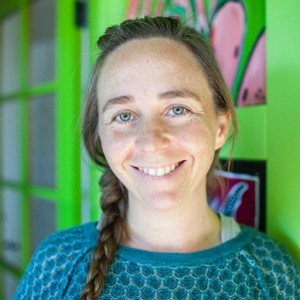 ROBIN: Let’s talk about my IDEAL writing day!
ROBIN: Let’s talk about my IDEAL writing day!
I have NOTHING else on my plate but writing.
My husband takes the kids off to school and I scoot out of the house for a long walk. The walk, with music and trees and birds, is where SO many of my ideas come to me. And when I get home I’m perfectly primed to put those ideas into words. I live in California, and can do this almost everyday, have my magical walk in the sunshine of inspiration… but I DON’T do this everyday. There are some days when mad dashes to the grocery store, forgotten school lunches, Skype calls, and teaching at the museum take precedence. I’ve learned not to waste time worrying that all that other stuff will break my writing stride.
It DOES and I wouldn’t have it any other way.
DIANNE: What’s the one thing you’d like readers to take away from your books?
ROBIN: Sometimes life can be difficult to understand and there will always be things to fear, but TRYING to understand it, really LIVING it, can be full of honor and friendship and fantastic fun!
DIANNE: What’s coming up next for you?
ROBIN: I have a book release party planned (of course), but I put that off until April (actually I procrastinated planning it), and I’m offering free Skype visits to classrooms and libraries in March to help promote the book! Beyond that, I just handed over a new middle grade project to my agent.
It’s contemporary.
There are NO talking animals.
Just one great little gal who is obsessed with Wild West outlaws, because no matter how hard she tries to be good, she just keeps messing up!
While I wait for feedback on my new manuscript I’m going to go for a walk, teach at the museum, and dash to get my kids from school. Somewhere, wherever I happen to be, I know a new idea will find me, because I’m always listening.
DIANNE: Thanks, Robin. Sounds like your newest idea about a great little gal obsessed with outlaws is a winner! Can’t wait to read it.
Be sure to check out these printable bookmarks and the Discussion Guide for The Midnight War of Mateo Martinez!








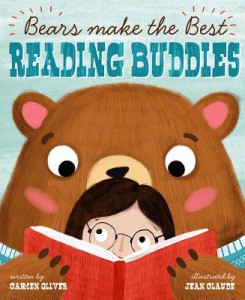
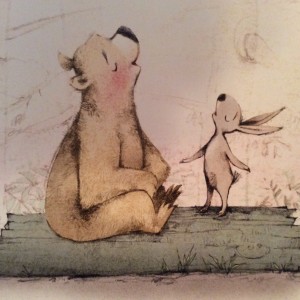
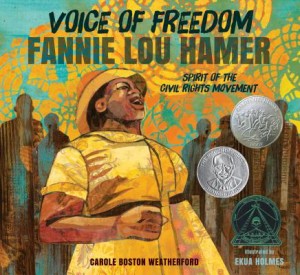
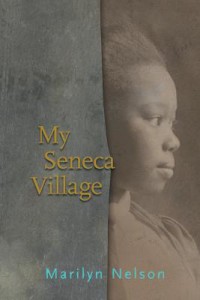
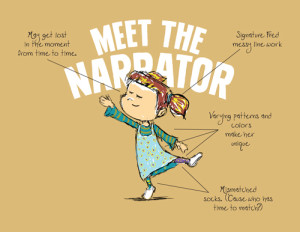
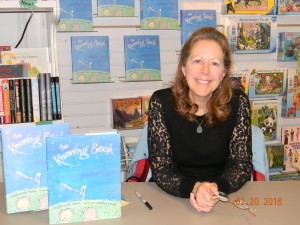
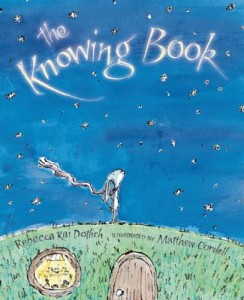 just a few days. With illustrations by
just a few days. With illustrations by 

